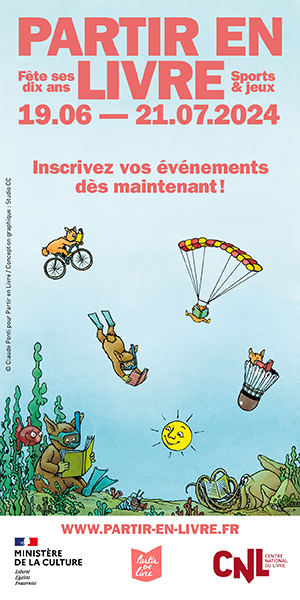departures
Extraits

Manga
Devil Devised Departure Tome 1
05/2017

Manga
Devil Devised Departure Tome 3
09/2017
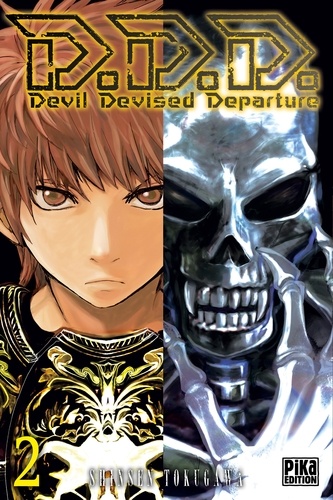
Manga
Devil Devised Departure Tome 2
07/2017
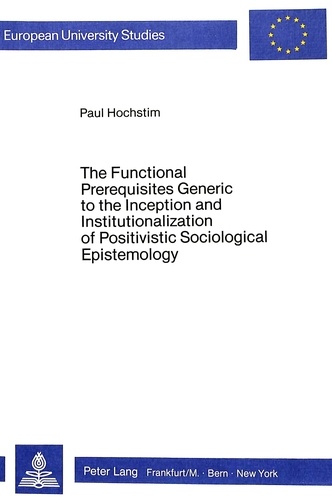
Sociologie
The Functional Prerequisites Generic to the Inception and Institutionalization of Positivistic Sociological Epistemology
12/1986
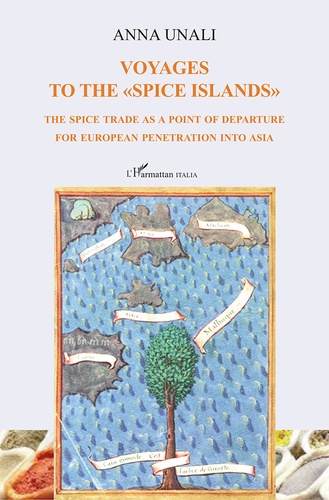
Histoire internationale
Voyages to the "Spice Islands". The spice trade as a point of departure for European penetration into Asia
10/2021

Non classé
The Phenomenology of Freedom in Kleist's Die Familie Schroffenstein</I> and "Penthesilea</I>"
12/1982
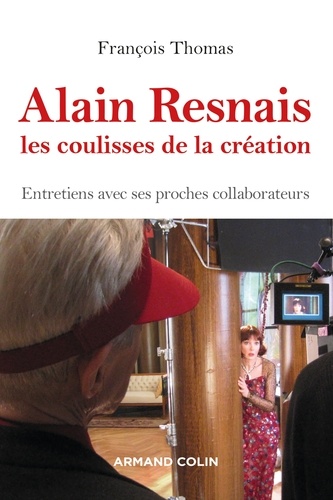
Cinéma
Alain Resnais, les coulisses de la création. Entretiens avec ses proches collaborateurs
10/2016
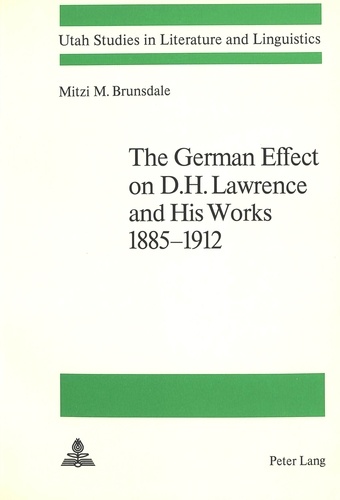
Non classé
The German Effect on D.H. Lawrence and his Works 1885-1912
12/1978
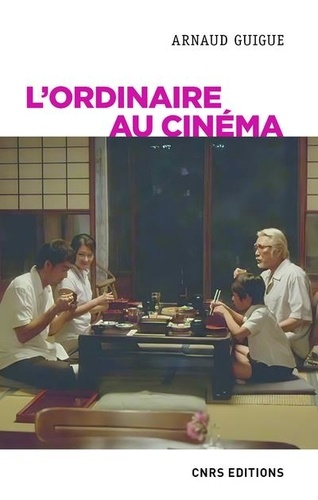
Cinéma
L'ordinaire au cinéma
01/2021
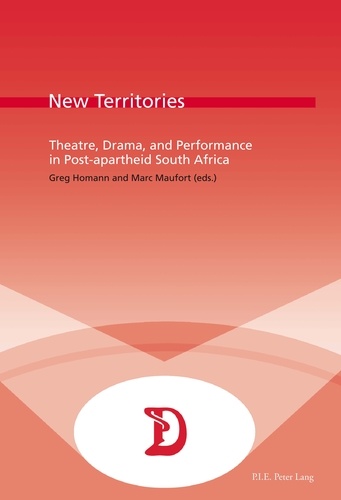
Théâtre
New Territories. Theatre, Drama, and Performance in Post-apartheid South Africa
11/1987
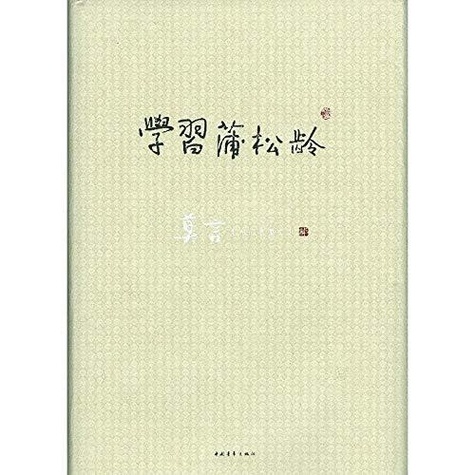
Littérature française
XUEXI PU SONGLING (en Chinois)
11/2012
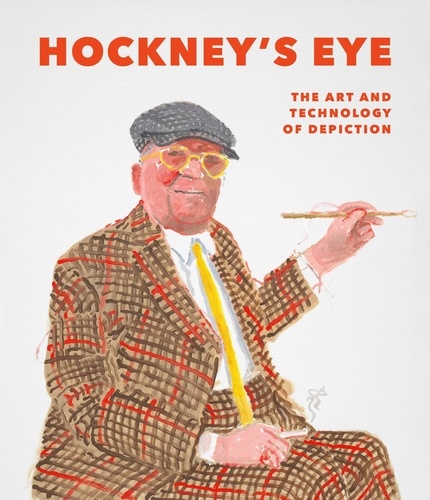
Mouvements artistiques
Hockney's Eye. The Art and Technology of Depiction
04/2022

